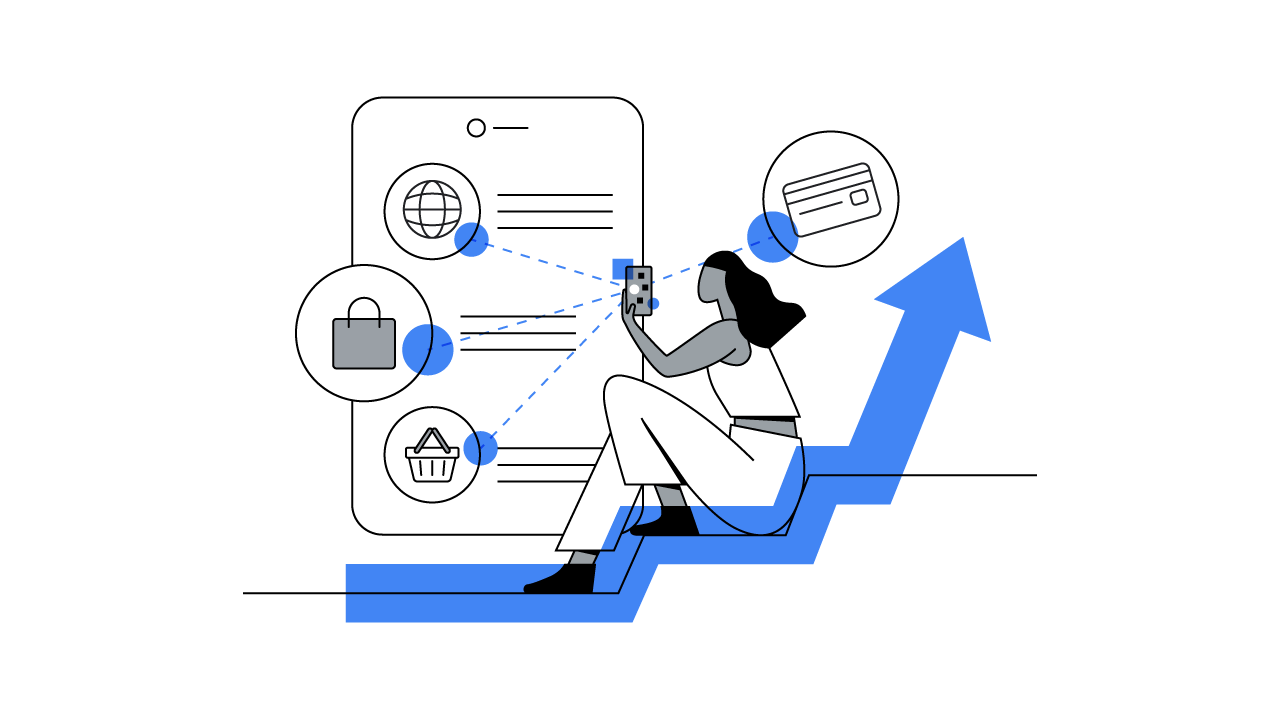In APAC, having a mobile-friendly site can determine whether your business makes it or breaks it. Mobile users, especially shoppers, expect a frictionless experience and if they don’t get it, they’ll move on. A recent Tractus study revealed that 40% of consumers will leave a page if it takes longer than three seconds to load on a mobile device.
In partnership with SOASTA, a leading analytics company, we uncovered what keeps shoppers from converting. To keep APAC shoppers from turning to competitors, first test your site for mobile friendliness, and then take a look at these seven key reasons that your mobile page speed might be lagging.
1) Element overload
The more elements your site has, the “heavier” your pages will be. The more complex the pages, the less likely shoppers are to convert.

Solution: Set goals for how quickly you want each page to load (fewer than three seconds is a good benchmark), and keep cutting everything you don’t need until you reach your goal.
2) Too image heavy
Retail pages often get loaded up with icons, logos, and product images. Before you know it, two-thirds of your page’s total weight is made up of image elements.

Solution: Upload graphics as JPEGs only (not PNGs) to cut your file sizes by more than half. Compressing and resizing all existing images will also help reduce the page’s weight.
3) Slow DOM ready time
A page’s HTML has to load before visual elements can appear. The Document Object Model (DOM) ready time is the amount of time it takes for the browser to receive and parse the code, so keep your DOM ready time to a minimum.

Solution: Avoid using too many Javascript elements such as third-party ads, analytics, and social widgets from external servers. They can block and prevent your browser from parsing HTML code.
4) Bad first impressions
First impressions are everything. If your first page—like the home page or a sales page—is slow to load, customers will be more likely to bounce at some point during their session.

Solution: Focus on improving the DOM ready time of the page(s) your customers are likely to visit first.
5) The overall load time is too slow
Next to DOM ready time, the amount of time it takes for a full page to load has the most impact on whether users will stay on your mobile site.

Solution: Reduce the number of elements on your page, avoid using redirect links, and optimize the fonts and structure of your site’s pages so they’ll render faster.
6) Low-quality website hosting
All businesses hope that their site traffic keeps growing, so keep an eye on where you’re hosting your site. Cheaper, shared web hosting services might work for smaller brands, but the more site traffic you have, the larger your investment in high-quality hosting should be.

Solution: If your site regularly experiences high volumes of traffic, invest in dedicated site hosting or custom configuration options.
7) Out-of-date CMS
If your site is managed under a CMS like WordPress or Wix, you’ll regularly see pop-up reminders for system updates (which generally pertain to speed).

Solution: This one’s simple: Stay updated! Install the latest versions of all software and plug-ins to ensure that your site runs as smoothly as possible.
It looks like my mobile site could use some work...what do I do now?
The first step is to understand exactly what you can optimize (or prioritize, if there’s a laundry list) and to what extent. Once you know how mobile friendly your site is, it’s down to working with your web development team to tackle the performance issues that matter the most to your brand. If your mobile page lags and drags, get down to business before your shoppers make their purchases somewhere else!





